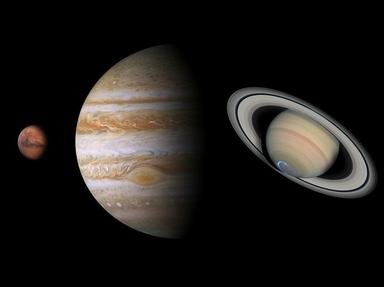
The Solar System - the Terrestrial Planets Quiz
This quiz is about the four inner planets of our solar system - the terrestrial planets. Match the fact or feature to the planet.
This is a renovated/adopted version of an old quiz by author addymaster
A classification quiz
by Upstart3.
Estimated time: 3 mins.